Signs I Need New Gutters on My House
.webp)
Your gutters silently protect your home's foundation, siding, and structural integrity by channeling thousands of gallons of rainwater away from your property each year. When they fail, the damage can be extensive and expensive.
Here's how to identify when your gutters need replacement before costly problems develop.
Visible Structural Damage
Cracks, Splits, and Holes
Small cracks might seem harmless, but they allow water to escape and damage your fascia boards, shingles, and foundation. While minor cracks can sometimes be sealed, multiple cracks or splits longer than a few inches typically indicate your gutters have reached the end of their lifespan.
Check the corners and seams carefully—these high-stress areas often show damage first. If you can see daylight through your gutters or notice water dripping during light rain, replacement is likely necessary.
Separated Seams and Joints
Gutters that pull apart at the seams create gaps where water escapes. This happens when the sealant fails or fasteners loosen over time. While a single separated joint might be repairable, multiple separation points throughout your gutter system signal the need for replacement.
Sagging or Pulling Away from the House
Gutters should maintain a straight line along your roofline. Sagging sections indicate the gutters are either overloaded with debris and standing water or the fastening system has failed.
When gutters pull away from the fascia board, they can't function properly and may damage your roof edge. Minor sagging might be fixable with new hangers, but extensive sagging typically requires full replacement.
Water-Related Warning Signs
Rust and Corrosion
Surface rust on steel gutters is an early warning sign, but extensive rust that creates holes or weak spots means replacement time. Aluminum gutters don't rust but can corrode, especially where dissimilar metals meet.
White, chalky residue on aluminum gutters indicates corrosion that weakens the material. Once corrosion is widespread, repairs become ineffective.
Paint Peeling and Staining
Peeling paint on your gutters often indicates standing water—a sign that your gutters aren't draining properly. This standing water accelerates deterioration and can lead to rot in wooden fascia boards.
Look for orange or brown stains on your gutters, siding, or foundation. These rust stains indicate water is escaping where it shouldn't, potentially causing hidden damage.
Water Damage Around Your Home
Check your fascia boards, soffits, and exterior walls for:
- Water stains or discoloration
- Soft or rotting wood
- Mildew or mold growth
- Peeling exterior paint
These signs indicate your gutters are allowing water to reach areas where it can cause structural damage.
Pooling Water and Foundation Issues
Water should never pool in your gutters between rainstorms. Standing water indicates improper slope or blockages that prevent drainage. Chronic pooling accelerates gutter deterioration and creates breeding grounds for mosquitoes.
More critically, check for water pooling around your foundation or basement flooding. These problems often trace back to failed gutters that no longer direct water away from your home.
Interior Water Damage
Failed gutters can cause interior problems you might not immediately connect to your drainage system:
- Water stains on ceilings or walls near the roofline
- Basement flooding or moisture
- Mold growth in attics or upper floors
- Cracked or loose tiles near exterior walls
If you notice these issues, inspect your gutters immediately. Interior water damage repair costs far exceed gutter replacement expenses.
Age and Material Considerations
Most gutters have predictable lifespans:
- Aluminum gutters: 20-25 years with proper maintenance
- Steel gutters: 15-20 years before rust becomes problematic
- Copper gutters: 50+ years with minimal maintenance
- Vinyl gutters: 10-15 years in moderate climates
If your gutters are approaching or have exceeded these timeframes, replacement becomes more cost-effective than ongoing repairs, especially if you're experiencing multiple issues.
Frequent Repairs and Maintenance Issues
When you find yourself repeatedly calling for gutter repairs, it's often more economical to replace the entire system. Signs that repairs are becoming ineffective include:
- Reoccurring leaks in the same spots
- Fasteners that won't hold securely
- Sections that require annual resealing
- Chronic clogging despite regular cleaning
Professional Assessment
.webp)
While homeowners can identify obvious problems, some gutter issues require professional evaluation. A roofing contractor can assess whether your current gutters are properly sized for your roof area and local rainfall patterns.
At Right Hand Roofing & Gutters, we provide comprehensive gutter inspections as part of our free roof reports. Our team can identify problems that aren't immediately visible and recommend solutions that protect your home's long-term structural integrity.
Take Action Before Damage Spreads
Gutter problems don't improve with time—they worsen and become more expensive to address. If you've identified multiple warning signs, the cost of replacement is typically far less than repairing water damage to your foundation, siding, or interior.
Water damage from failed gutters can lead to:
- Foundation settling and cracks
- Basement flooding
- Structural wood rot
- Mold remediation costs
- Landscape erosion and replacement
The average cost of gutter replacement ranges from $1,200 to $2,500 for most homes, while foundation repairs can cost $10,000 or more.
Schedule Your Inspection
Don't wait for visible damage to assess your gutters. Regular inspections help identify problems early when solutions are simpler and less expensive.
Contact Right Hand Roofing & Gutters for a comprehensive evaluation of your gutter system. Our experienced team serves Georgia and Alabama homeowners with professional gutter installation, repair, and maintenance services designed to protect your home's structural integrity.
Your gutters work year-round to protect your investment. Make sure they're up to the task.
FAQ
How long should gutters last before needing replacement?
Gutter lifespan depends on material: aluminum gutters typically last 20-25 years, steel gutters 15-20 years, vinyl gutters 10-15 years, and copper gutters can last 50+ years. Age alone doesn't determine replacement needs, but gutters approaching these timeframes with multiple issues are usually better replaced than repaired.
Can I repair small cracks in my gutters instead of replacing them?
Small, isolated cracks can often be sealed with gutter sealant as a temporary fix. However, multiple cracks, large splits, or cracks that reappear after repair typically indicate the gutter material has deteriorated and needs replacement for reliable long-term protection.
How do I know if my gutters are properly draining?
Check for standing water in gutters 24 hours after rain, which indicates poor drainage. Also look for water pooling around your foundation, water stains on exterior walls, or overflow during moderate rainfall. Properly functioning gutters should be empty between storms and direct water away from your home.
What's the difference between gutter repair and replacement costs?
Minor repairs like resealing joints or replacing a few sections typically cost $200-$500. Full gutter replacement ranges from $1,200-$2,500 for most homes. If you're facing multiple repairs or your gutters are over 20 years old, replacement often provides better long-term value.
Should I replace gutters myself or hire professionals?
Gutter replacement requires proper measurement, correct slope calculation, secure fastening to fascia boards, and safety equipment for roof-level work. Professional installation ensures proper water flow, secure attachment, and warranty coverage. DIY installation mistakes can lead to water damage that costs far more than professional installation.
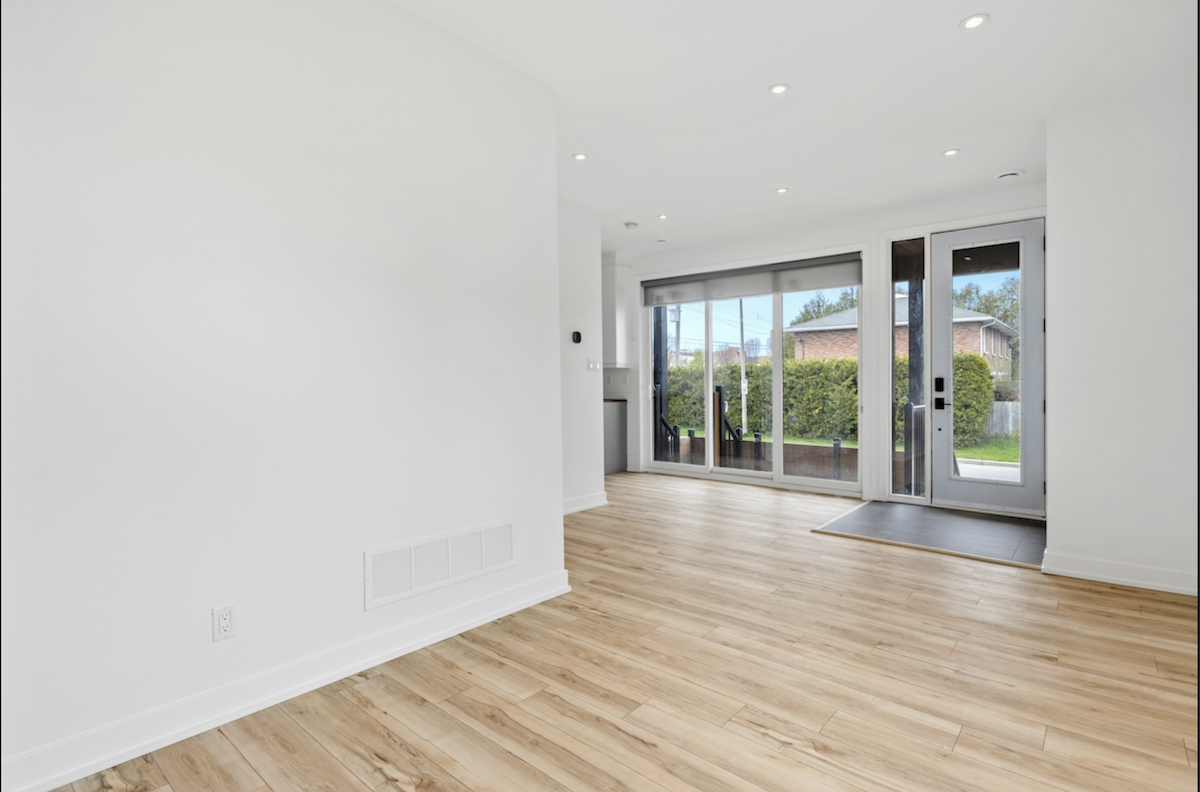
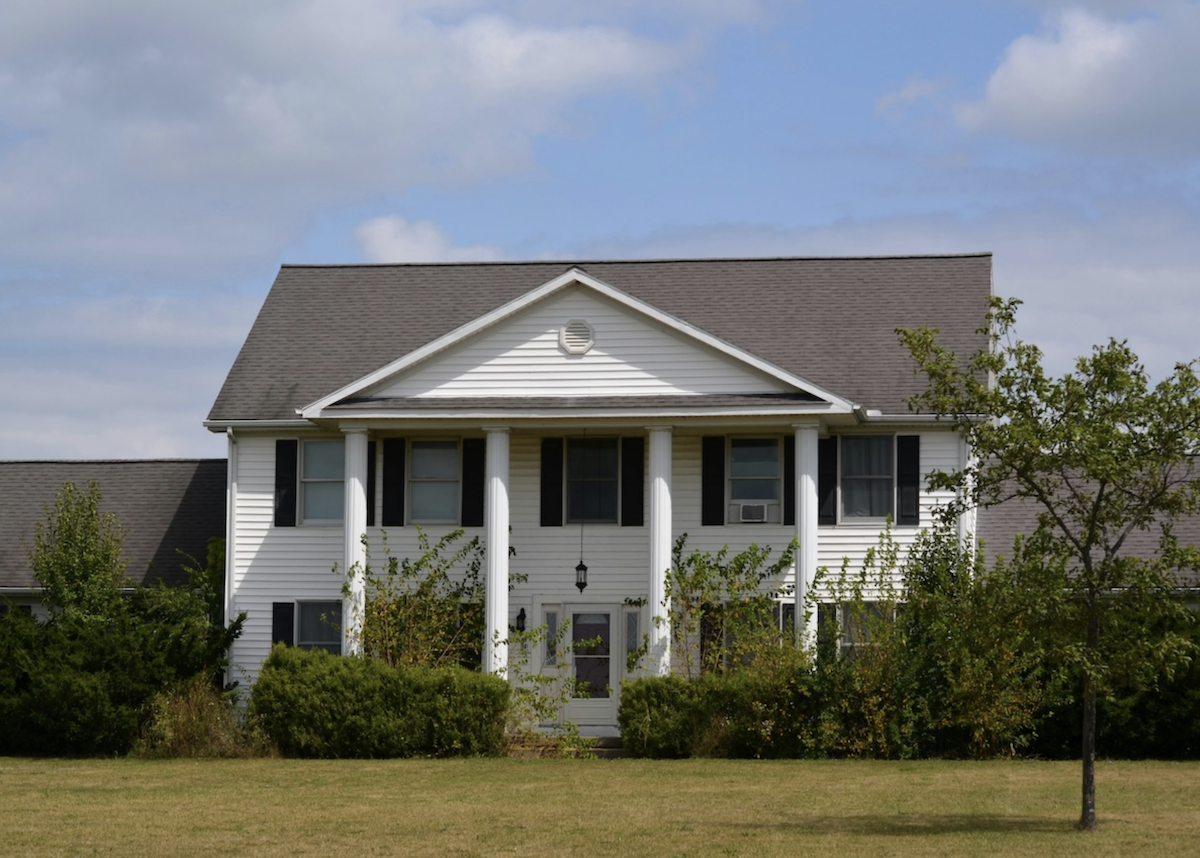



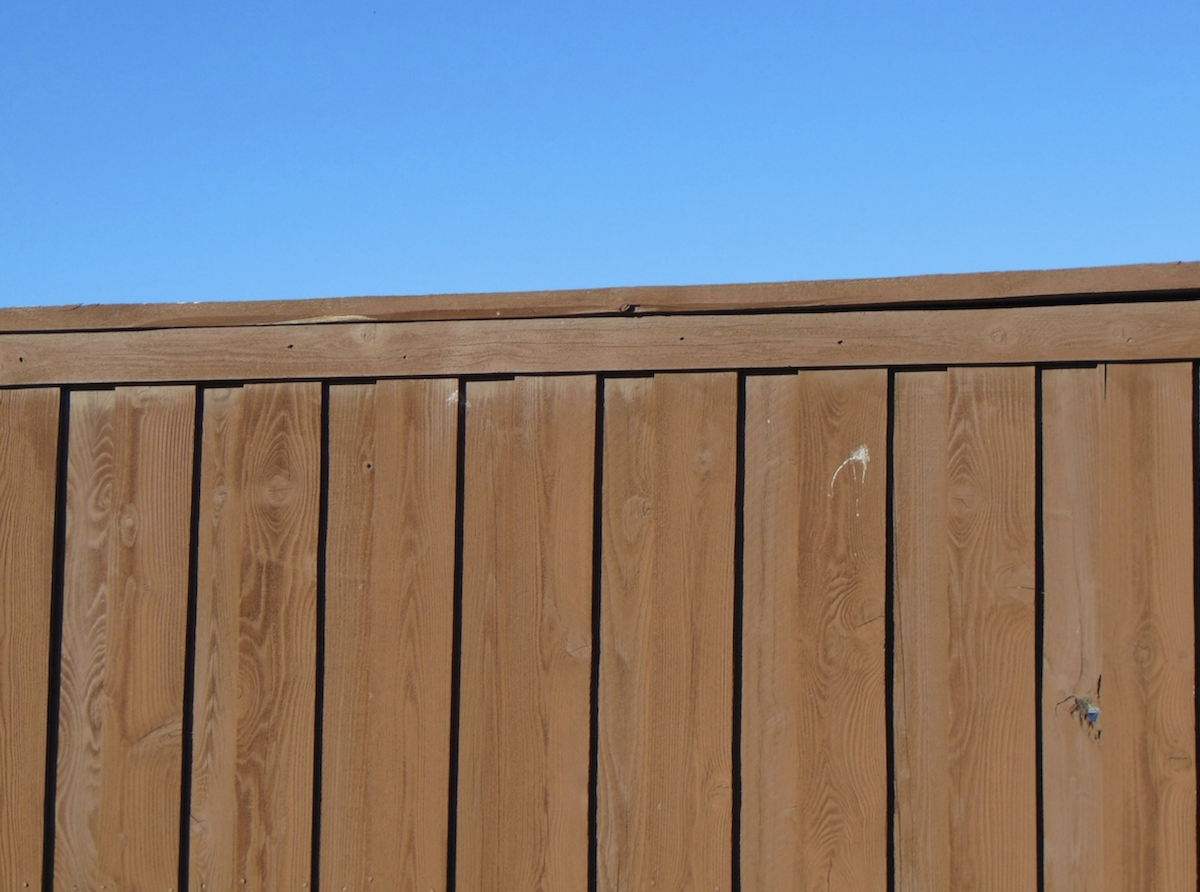

.webp)
.webp)

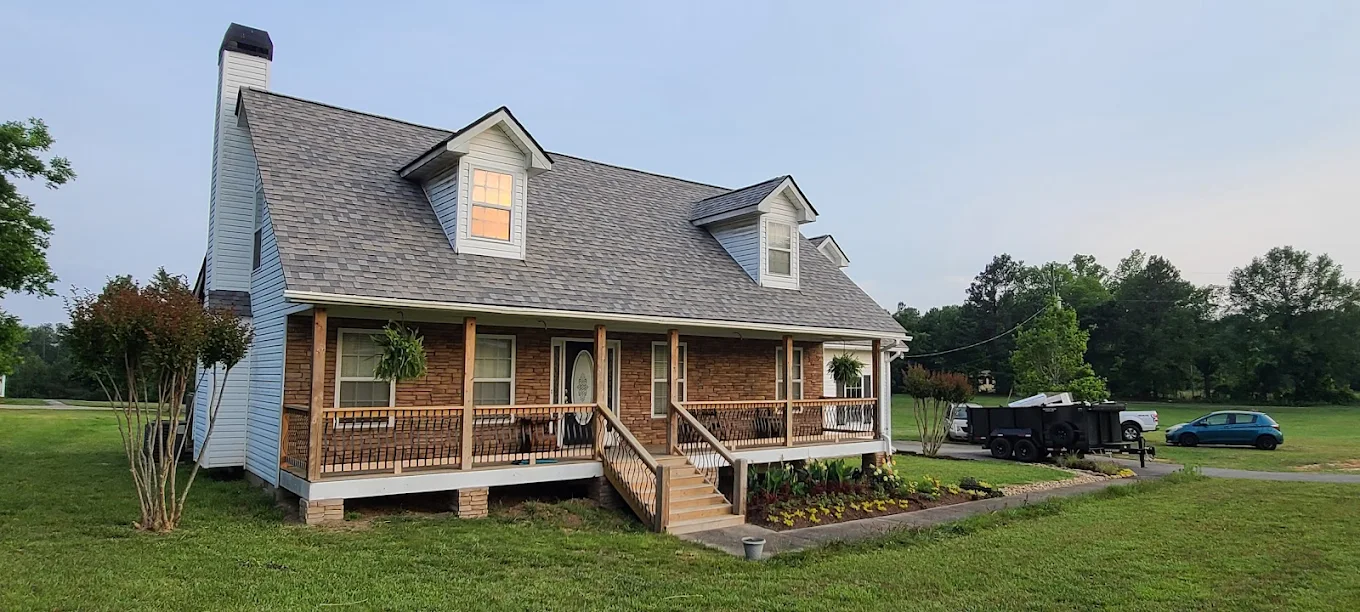
.webp)
.webp)
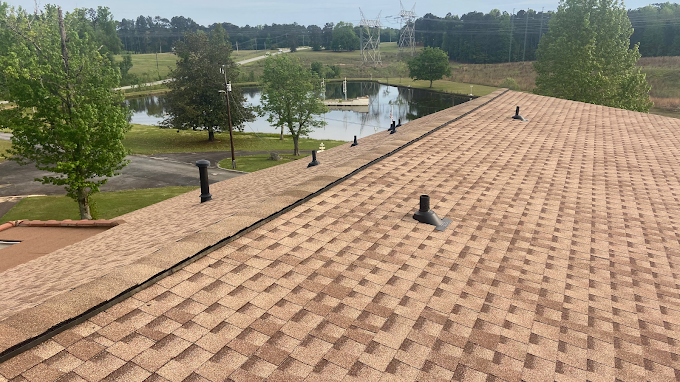
.webp)



.webp)
.webp)
.webp)

.jpg)






.jpg)










